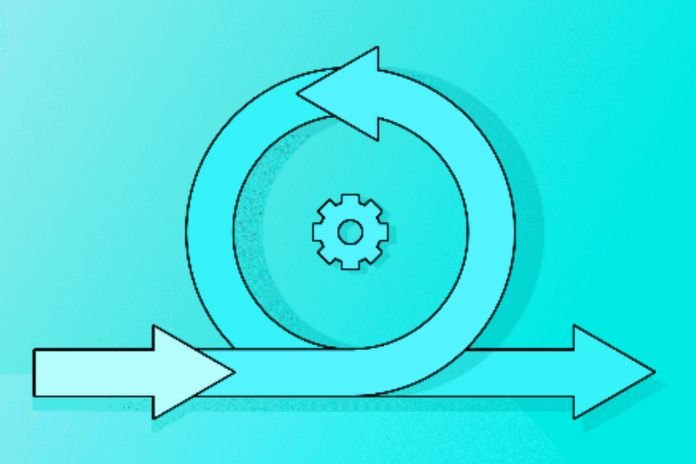Scrum Ban: If you get to this content, you certainly want to deepen your knowledge about agile methodologies. Immersion in Scrum, scrum master, Kanban, sprint, and lean is in full swing, and now the time has come to understand more about Scrum ban.
The union of Scrum with Kanban brings the best version of both methodologies. At first, current activities are considered along with the search for continuous improvement, just as Scrum brings in its essence. However, Scrum ban doesn’t stop there. Kanban helps visually organize processes, set deadlines, and monitor ongoing workflow.
What Is Scrum Ban?
Many people ask themselves: which is better, Scrum or Kanban? And thinking about this question, Scrum ban came up. Created by Corey Ladas, Scrum is a methodology that unites the processes of the two others mentioned to make a Scrum application process with the visualization and control of Kanban. It is also worth remembering the meaning of each part of it:
Scrum is an agile methodology that proposes the following actions :
- Division of work into lean teams, which may be multidisciplinary or specialized;
- Organization of short-term objective deliveries, the sprints;
- Discussion of sprints for quick and practical improvements.
Now that you understand a little more about Scrum, how about getting to know this methodology better?
Why Combine The Two Methodologies?
Using Scrum ban is a way to create a pull system to increase productivity without neglecting the quality of services and products. Despite being an agile methodology, it also brings together several aspects of production control and therefore tends to continuous improvement.
Therefore, Scrum allows the development team to work in shorter times:
- Processes based on clear and compelling metrics;
- Lead time reduction;
- Facilitation of monitoring and continuous improvement;
- Possibility of sprint validations;
- Tracking of tasks and their stages of development.
Given all these advantages, it’s time to understand when and how to use Scrum in your daily life. See below!
How And When To Use Scrum Ban?
Despite being an easily adaptable methodology for most projects, Scrum ban has some significant advantages in the face of processes that involve:
- Project maintenance and control;
- Project support;
- Management of projects that historically generate failures;
- Development of new products and services with short deliveries and validations;
- Activities that develop the continuous improvement of existing processes.
Considering these situations, it is easy to see that Scrum follows from the idealization of a project to the final deliveries and periodic improvements thereof.
Thus, when planning, scheduling the sprints and mapping the small Scrum teams is necessary. In addition, it has already instituted the Kanban visualization form, with the division of tasks between what has been completed, what is being done, and what the next steps will be.
Another critical point is that Scrum ban is indicated for teams that still need to gain experience with agile methodologies or in processes that generate many failures. After all, it is tough for us to follow a closed schedule of sprints.
To further understand the differences between Scrum and the agile methodologies that compose it, it is necessary to know the difference between each and the improvements caused by this union.
Differences Between Scrum Ban And Kanban
You can see the differences between Scrum and Kanban in many ways. After all, the basis of the first methodology is more like Scrum than Kanban.
Among these differences, it is possible to list some main ones:
- Kanban does not have established roles in the teams, while Scrum ban must have the necessary team and functions for the development of the project;
- Scrum ban has planned sprints, whereas Kanban does not formalize periodic meetings in the methodology;
- Kanban focuses only on specialized teams, while Scrum-ban can have multidisciplinary groups;
- While both methods have continuous workflows, Scrum-ban focuses on limiting concurrent activities.
Differences Between Scrum Ban And Scrum
The first difference between Scrum-ban and Scrum is focused on the roles of the collaborators in each team. In the first methodology, they can be diverse, while in the second, they are divided into just three categories: product owner, scrum master, and development team.
In addition, Scrum necessarily relies on multidisciplinary teams, while its union with Kanban also makes room for the association of professionals specialized in the same subject.
Another critical point is that Scrum allows processes to be more dynamic and flexible, giving space for the workflow to be continuous and focused mainly on what is being executed in the present.
Scrum, on the other hand, has more rigid characteristics regarding flow. After all, the methodology is based only on what was planned and on the sprints established.
Also Read: Benefits Of Google Workspace For Small Businesses












